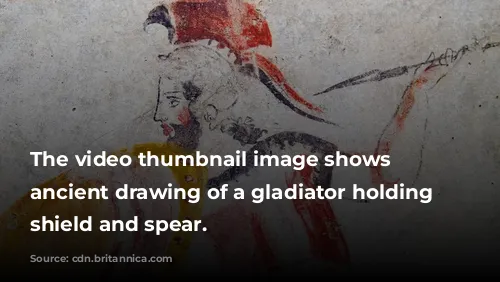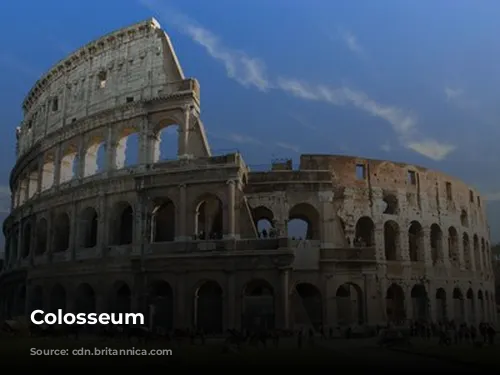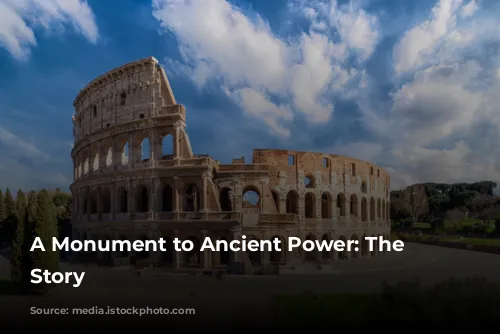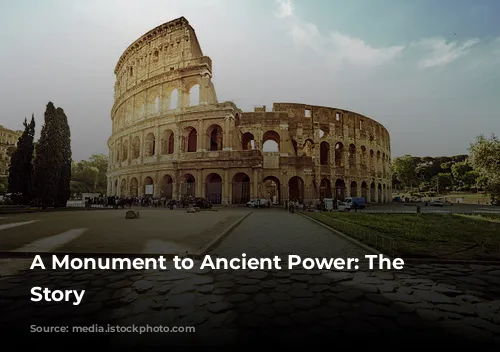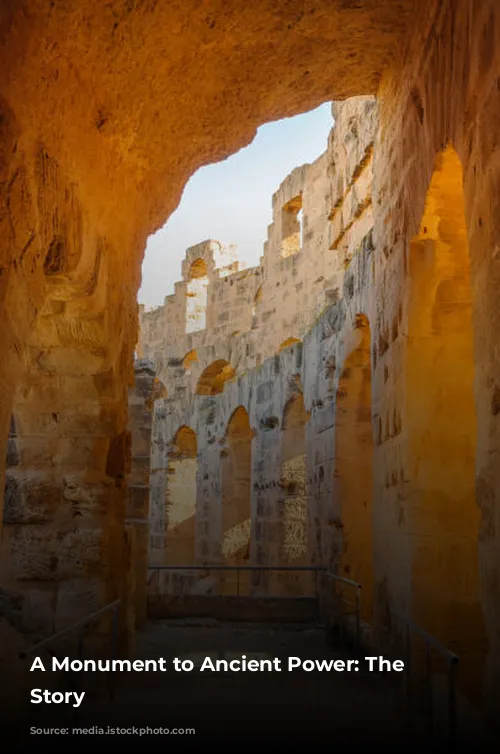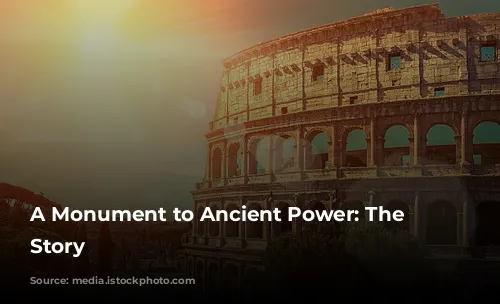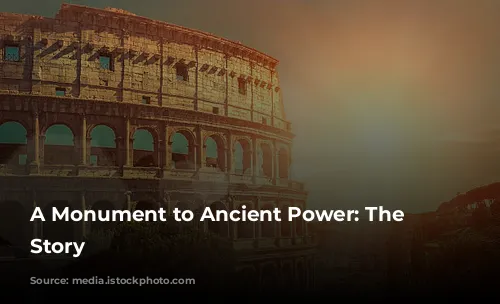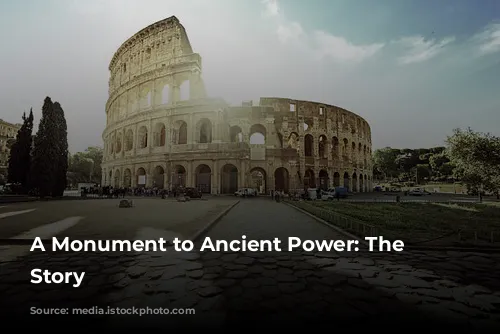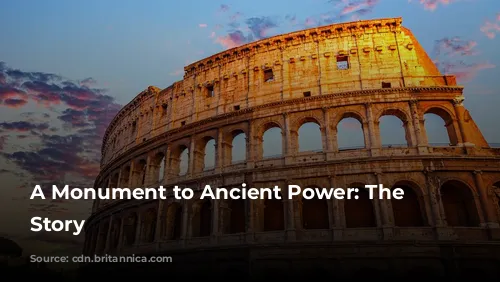The Colosseum: a symbol of Rome’s ancient grandeur, stands as a testament to the ingenious architects and engineers of the Roman Empire. It’s not just a historical landmark, but also a major contributor to Italy’s economy, attracting millions of tourists every year. In fact, the Colosseum, along with the Roman Forum and Palatine Hill, generates over $63.3 million (€53.8 million) annually, making it the most profitable tourist attraction in Italy.
The Colosseum’s journey: from a thriving entertainment venue to a forgotten ruin, has been as dramatic as the events it hosted. After the decline of the Western Roman Empire, the Colosseum fell into disrepair. In the 12th century, it became a fortress for the Frangipane and Annibaldi families. Sadly, the Colosseum was further exploited in the 15th century as a quarry, its precious materials plundered for other constructions. Centuries of neglect passed before restoration efforts began in the 1990s, bringing the monument back to life.
From Entertainment to Fortification: The Colosseum’s Evolution
The Colosseum was built in the year 69 CE, a time of tumultuous political upheaval in Rome, known as the “Year of the Four Emperors”. Emperor Vespasian, known for his practicality and ambition, decided to build a massive amphitheater as a way to bring peace and unity back to the city. Inspired by other amphitheaters, Vespasian intended the Colosseum to be a place of entertainment, hosting gladiator fights, animal hunts, and even mock naval battles.
Construction of the Colosseum began under Vespasian’s reign between 70 and 72 CE. His son, Titus, who succeeded him, dedicated the completed structure in 80 CE. Later, in 82 CE, Emperor Domitian completed the final touches, adding the fourth story. Interestingly, the construction of the Colosseum was financed by the spoils from Titus’s conquest of Jerusalem in 70 CE, and Jewish slaves were forced to work on the project.
A Triumph of Engineering: The Colosseum’s Construction
The Colosseum is an elliptical amphitheater, built of stone, concrete, and tuff. It stands four stories high, measuring an impressive 620 by 513 feet (189 by 156 meters) and could hold as many as 50,000 spectators.
Unlike earlier amphitheaters, which were often carved into hillsides for extra support, the Colosseum is a freestanding structure, a feat of engineering for its time. The Colosseum was a massive undertaking, using a complex system of barrel vaults and groin vaults to achieve its remarkable size. Three of the arena’s stories are adorned with arcades, each featuring engaged columns in the Doric, Ionic, and Corinthian orders. The rising arrangement of these columns became a defining element of Renaissance architecture, known as the “assemblage of orders”. The structure’s main framework and facade are made of travertine, while the secondary walls are constructed of volcanic tufa. The inner bowl and arcade vaults are made of concrete.
A Stage for Spectacle: The Colosseum’s Entertainment
The Colosseum was not merely a place for gladiatorial combat, though it is undoubtedly its most famous feature. The arena’s towering structure was designed to shield spectators from the sun using a massive retractable awning called the “velarium”. The Colosseum’s upper story, known as the attic, housed corbels, which supported masts that extended the velarium. Hundreds of Roman sailors were responsible for manipulating the rigging of the awning.
Beyond gladiatorial contests, the Colosseum witnessed various forms of entertainment, including contests between humans and animals, and even elaborate mock naval battles. While there’s no definitive proof, the Colosseum might have been the site of the martyrdom of some early Christians.
From Glory to Ruin and Revival: The Colosseum’s Legacy
Over time, the Colosseum experienced both glory and decline. In medieval times, it was used as a church and later as a fortress for powerful Roman families. It suffered damage from natural events like lightning and earthquakes, but the most severe damage came from vandalism and pollution. Over a thousand years of neglect saw the Colosseum stripped of its marble seats and decorative materials, leaving it a mere quarry.
However, the Colosseum’s story isn’t one of complete despair. In the 19th century, preservation efforts began, led by Pope Pius VIII. Then, in the 1990s, a comprehensive restoration project was undertaken, bringing the Colosseum back to its former glory. Today, the Colosseum stands as a testament to the ingenuity of the Romans and continues to captivate millions of visitors every year. It’s a reminder of a bygone era, a stage for spectacle and power, and a symbol of Rome’s enduring legacy.
